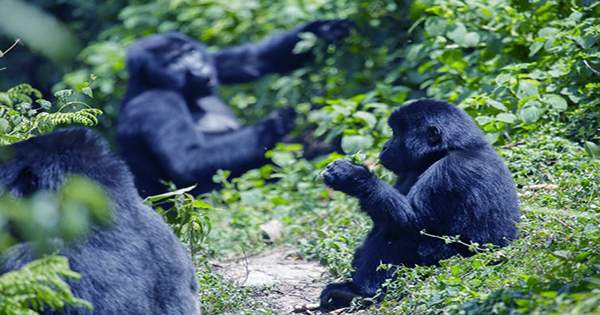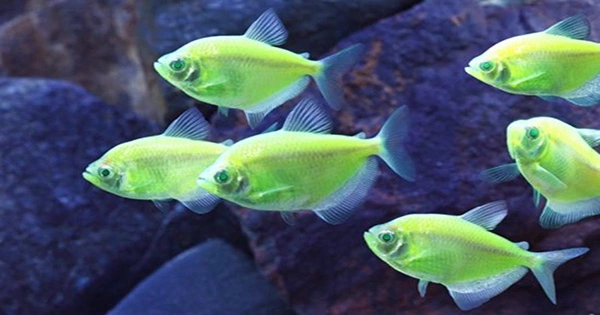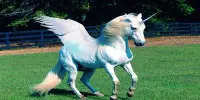Generations of green sea turtles have visited the same seagrass meadows for food for around 3,000 years. Willemien de Kock, a historical ecologist at the University of Groningen, discovered this by combining modern data with archaeological findings.
Throughout their whole lives, sea turtles travel between designated nesting and feeding locations. But given that this spans several generations, it is critical to safeguard seagrass meadows throughout North African beaches. The results were published in PNAS on July 17, 2023.
When young green sea turtles hatch, their parents have already left for a long journey. The young turtles stumble their way into the ocean from the shore and float around for years since they are unable to follow their parents’ lengthy voyage.
During this time, they are not very picky eaters, omnivores even. Then, at the age of about five, they swim to the same location as their parents to consume seagrass, an important part of a herbivore’s diet.
Volunteers are working hard to protect the nests of the critically endangered green sea turtles throughout the eastern Mediterranean Sea beaches. However, as Willemien de Kock explains: “We currently spend a lot of effort protecting the babies but not the place where they spend most of their time: the seagrass meadows.” And crucially, these seagrass meadows are suffering from the effects of the climate crisis.
For instance, one plant might contain more of the lighter carbon-12 than another plant, which contains more of the heavier carbon-13. Because carbon does not change when it is digested, we can detect what ratio of carbon is present in the bones and infer the diet from that.
Willemien de Kock
Analysing sea turtle bones
De Kock got access to crates full of sea turtle remains from ancient locations around the Mediterranean Sea in the attic of the Groningen Institute of Archaeology at the University of Groningen. The excavations were already done by her supervisor, Dr. Canan Çak?rlar.
“All I had to do was dig in some boxes,” De Kock says. By analysing the bones, De Kock was able to distinguish two species within the collection of bones: the green sea turtle and the loggerhead turtle.
De Kock was also able to identify what the sea turtles had been eating. This relied on a substance called bone collagen. De Kock was able to determine the type of vegetation the sea turtles must have consumed by using a mass spectrometer to analyze the bone collagen.
“For instance,” De Kock explains, “one plant might contain more of the lighter carbon-12 than another plant, which contains more of the heavier carbon-13. Because carbon does not change when it is digested, we can detect what ratio of carbon is present in the bones and infer the diet from that.”
Combining old and new
De Kock was then given information on the sea turtles’ present travel patterns and destinations via contemporary satellite monitoring data from the University of Exeter. Researchers in Exeter were also collecting small skin samples from sea turtles, and these samples revealed comparable dietary details to those De Kock discovered in bones.
De Kock was, therefore, able to draw conclusions, connecting diets of millennia ago to specific locations. She discovered that green sea turtles had been grazing on sea grass meadows along the beaches of West Libya and Egypt for about 3,000 years. The results for loggerhead turtles were less specific because they had a more varied diet.
So, why is it relevant to know the eating habits of a species over many past generations? Because we collectively suffer from the shifting baseline syndrome: slow changes in a larger system, such as an animal population, go unnoticed because each generation of researchers redefines what the natural state was, as they saw it at the start of their careers.
“Even long-term data goes back only about 100 years,” says De Kock. “But tracing back further in time using archaeological data allows us to better see human-induced effects on the environment. And it allows us to predict, a bit.”
In fact, recent models have shown a high risk of widespread loss of seagrass in precisely these spots where sea turtles have been going for millennia green. Which could be detrimental to the green sea turtle, precisely because of its high fidelity to these places?
















